The Difference Between Standard Walkers, 2-Wheel Walkers, and Rollator Walkers:
The difference between these walkers is that, first, standard walkers are the most basic type of walker consisting of a metal frame that the user must pick up and place. On the other hand, 2-wheel style and rollator walkers include wheels that make them more mobile and easier to use. While 2-wheel walkers have 2 wheels, rollators usually have 3 or 4.
From another perspective, each of these types of walkers has different functions, and they are built for different users and situations:
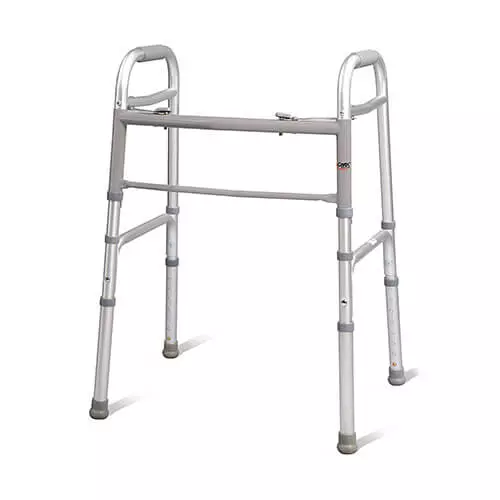
What is a Standard Walker?
Standard-Walker Standard walkers are most suitable if stability is of the utmost concern. Their robust and sturdy design provides enhanced support and balance. They are mainly designed for people with mobility issues that can be handled independently. However, due to the way they function, standard walker isn’t ideal for long distances.
The top rail of a standard walker typically has two handgrips made of either soft foam or harder rubber foam. The softer foams are easier to grip and use, but their drawback is that they wear out quicker than the harder foams.
Standard walkers are also easy to transport from one place to another. This is because most standard walkers are foldable. However, the foldable ones tend to cost more than the ones that cannot be folded.
Moreover, standard walkers are usually available in junior and heavy-duty styles. Due to their material and nature, these types of walkers are more suitable for indoor use. So this is an ideal walker for those people who stay mostly at home.
Finally, Standard Walkers are amongst the lightest types of walkers. This makes their storage and transportation relatively easy.
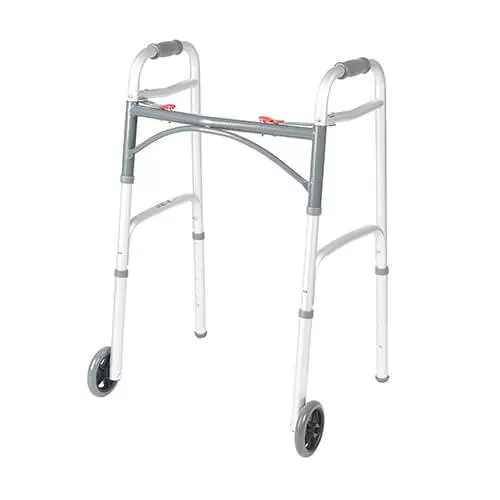
What is a Two-Wheel Walker?
2-Wheel walkers operate differently to Standard walkers. The user must apply their weight on the walker while moving. The wheels will facilitate this movement. The rubber tip legs are there to prevent the walker from rolling forward. They do so by adding friction to the walker.
These things all culminate such that users do not have to actually
pick up their 2-Wheel walker while moving, unlike with a Standard Walker.
2-Wheel walkers have been designed to be compact of Rust
proof, Adjustable Height, PVC Hand Grips for Firm Gripping so
that they can easily be folded up for transportation or storage.
These types of walkers will also move fairly smoothly on flat terrain. However, due to the presence of their small wheels, 2-Wheel Walkers are not suitable for rocky or rough surfaces (although, using any type of walker on a rocky surface is perhaps not a smart thing to do…).
Almost all 2-Wheel Walkers come entirely assembled, with little to no modifications required.
In light of the above, 2-Wheel Walkers are suitable for those people who have limited mobility compared to the users of Standard Walkers. Furthermore, slow walkers can also benefit from 2-Wheel Walkers, as the wheels can help in accelerating their natural pace.
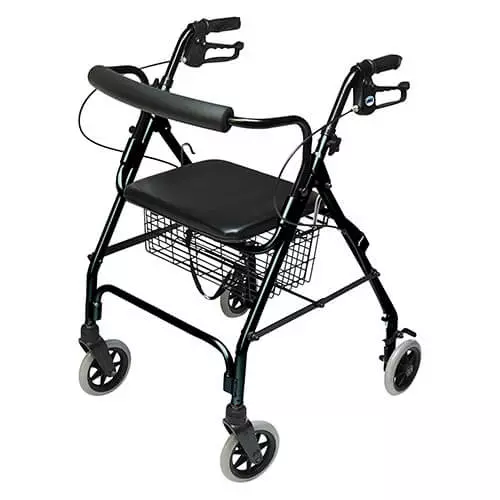
What is a Rollator Walker?
A rollator is one of the most flexible types of walkers, although usually a more expensive choice. If the user requires to stop often while walking, then a rollator walker could be the ideal choice. Moreover, rollator walkers can also be modified by adding various accessories to them, such as shopping bags and baskets.
One thing to keep in mind while buying a rollator is its weight capacity. Rollators usually have seats for users to sit on, and that is where their weight comes into play. There are different weight categories of rollators for people with different weights. Moreover, the higher the weight capacity, the more the rollator itself will weigh, and the less mobile it will be.
There are a wide variety of rollator walkers available on the market. One of the most prominent types is height-adjustable rollator. This type of rollator has handlebars and a seat that can be height-adjusted. Due to their adjustable height, these types of rollators can be suitable for all age groups.
Another commonly used rollator is the three-wheel rollator walker. Styled like a tricycle, this type of rollator is lighter than 4 wheel models and tends to be easier to maneuver in compact spaces.
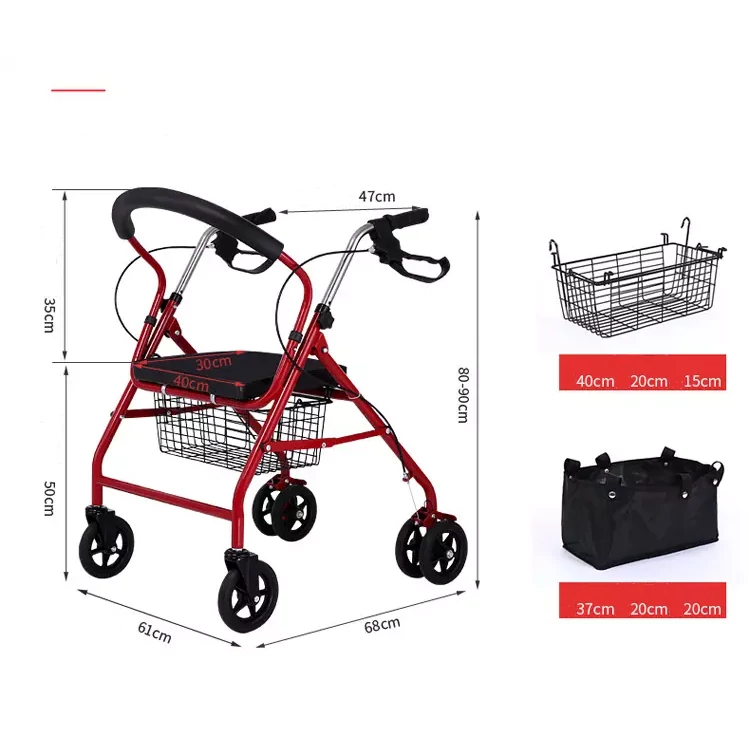
Conclusion
As the above shows, there are various differences between the three types of walkers we’ve covered. Standard walkers are best for people who need balance assistance and have decent upper-body strength. Wheeled walkers are best for many others. Each type of walker is suitable for a different kind of person. For this, the person’s age, the extent of mobility, and weight should be taken into account.
What are the different types of crutches?
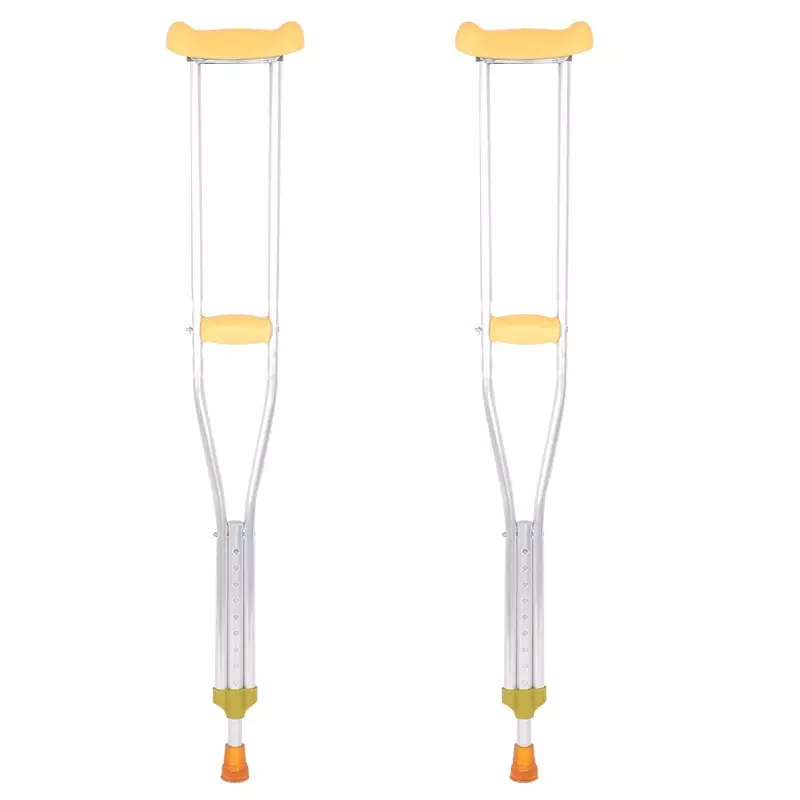
Underarm (axillary) crutches: Underarm crutches are the most common type of crutch. They have a padded top that fits under your arm below your armpit, a straight frame and a handgrip.
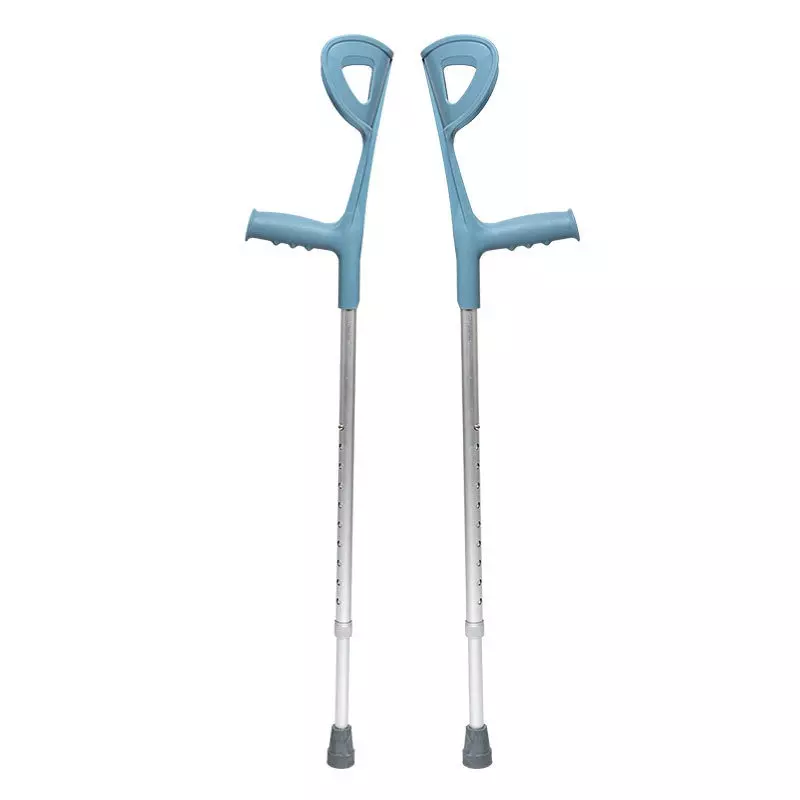
Crutches are medical devices designed to aid in ambulation, by transferring body weight from the legs to the torso and arms. They are mainly used to assist individuals with lower extremity injuries and/or neurological impairment.

Forearm crutches: You might see these crutches referred to as elbow crutches. They’re usually shorter than underarm crutches. Forearm crutches have a supportive cuff that fits around the back of your upper arm just above your elbow and a handgrip.
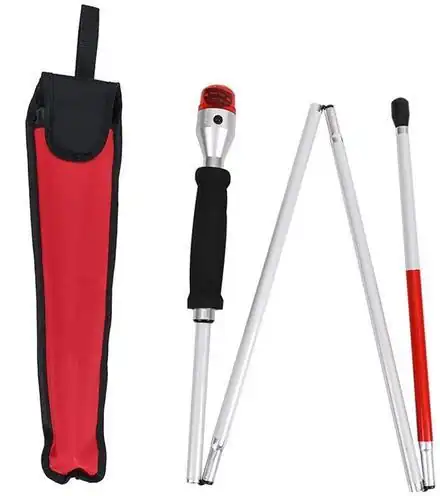
Smart Walking Cane Blind Crutch with Sound and Light Voice Alarm Collapsible Telescopic Folding Cane Visually impaired aids
